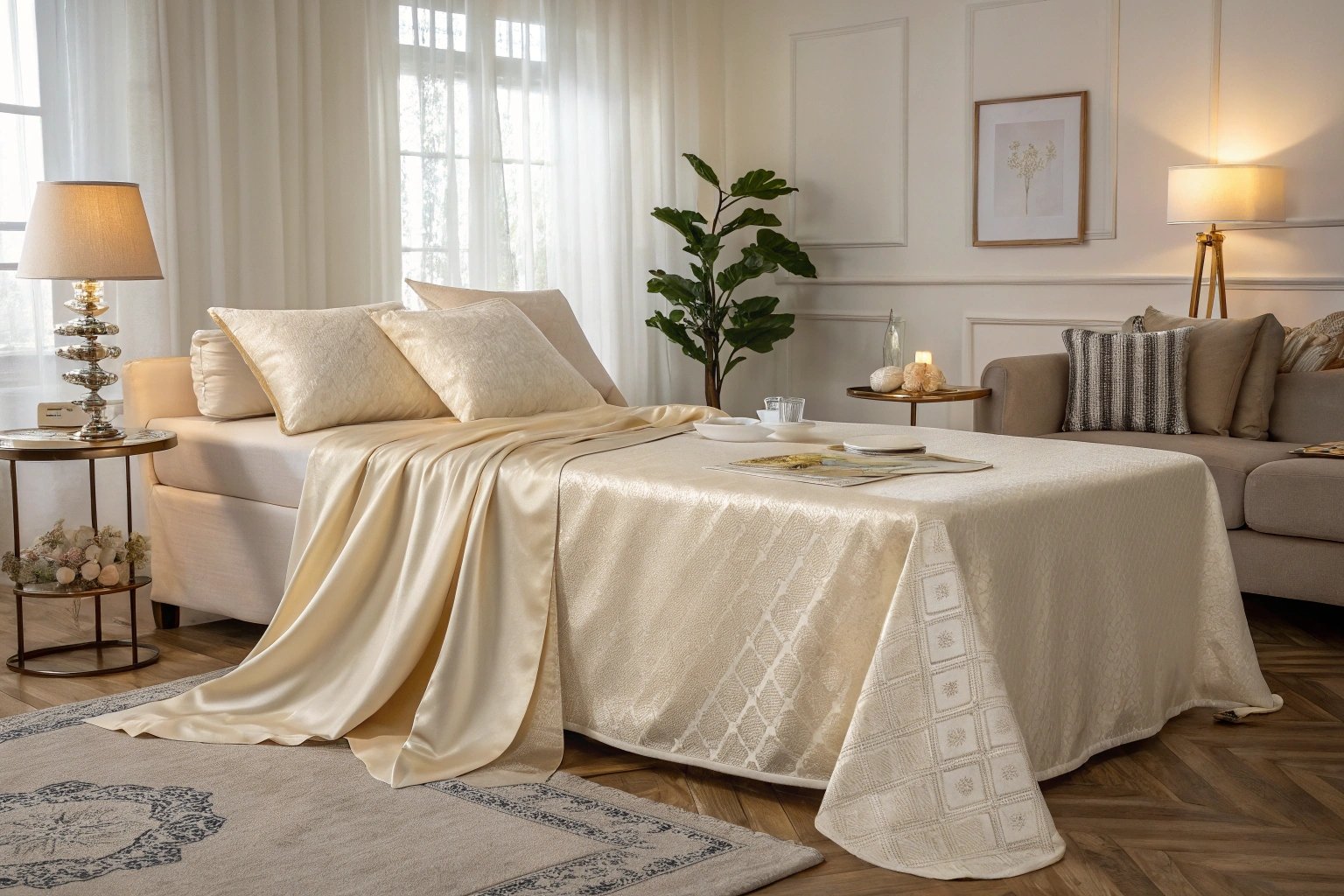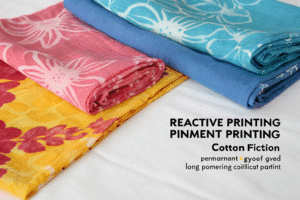Mercerized cotton isn’t just another term on a product label—it’s a transformation that turns ordinary cotton into a textile powerhouse. For those of us exporting premium home textiles globally, the demand for durability, color brilliance, and luxury feel is rising fast. American buyers, like our client Ron, often ask: “Why does this cotton fabric feel so silky and rich?” The answer lies in mercerization.
Mercerized cotton gives home textiles a silky sheen, increased strength, and improved dye affinity—making it the go-to for luxury bedding, curtains, and decorative fabric needs. This treatment not only enhances visual appeal but also ensures performance under washing and wear, making it perfect for high-end markets in the U.S. and Europe.
Home textile buyers want a product that looks premium, lasts long, and photographs beautifully for online retail. Mercerized cotton offers all of that. In this blog, I’ll explain why we use this fabric in many of our best-selling exports and how it meets the evolving preferences of global buyers.
What Is Mercerized Cotton and How Is It Made?
Mercerization is a textile finishing process that drastically improves cotton’s visual and physical properties. It was first discovered by John Mercer in the 19th century but remains highly relevant in today’s modern textile world. For fabric suppliers like us at Fumao Fabric, mercerization is one of the fastest ways to elevate the cotton product line.
The process involves soaking cotton yarn or fabric in a caustic soda solution (sodium hydroxide), then neutralizing and rinsing it. This alters the fiber’s structure, making it swell and straighten, which results in increased luster and strength.
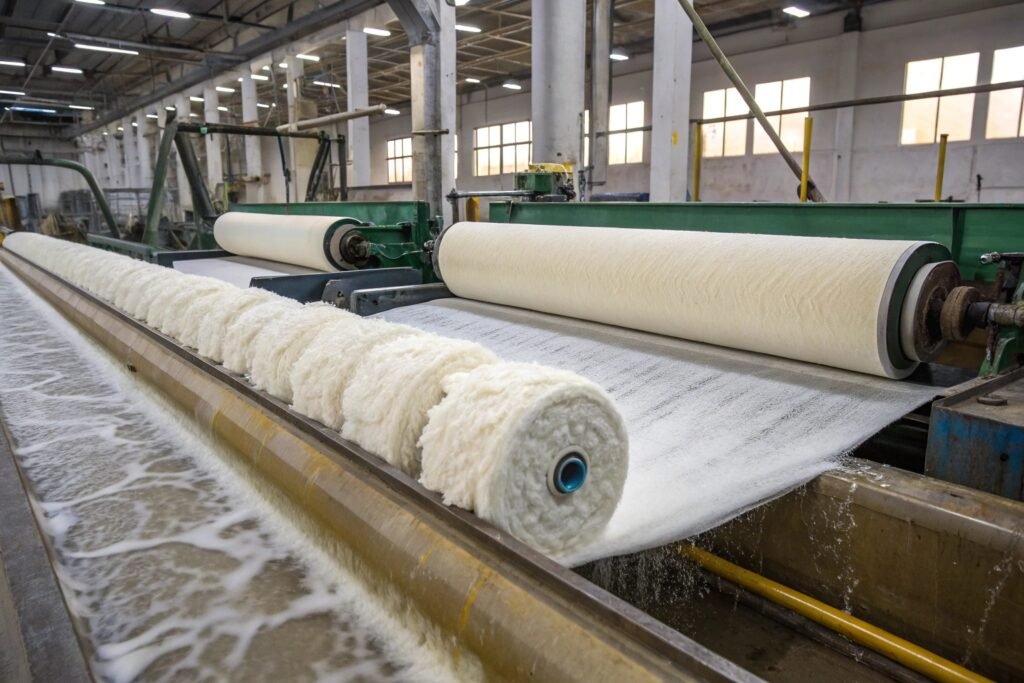
How Does Mercerization Change the Fiber Physically?
Mercerization alters cotton fibers on a cellular level. The caustic soda causes the cellulose in cotton to swell, turning the round, twisted fibers into more uniform cylinders. This increases the surface area and smoothness, allowing light to reflect evenly—creating that signature glossy finish.
This transformation also boosts tensile strength by up to 25%, reduces shrinkage, and increases water absorption, which is ideal for vibrant dyeing. Cotton Incorporated provides insights into how this chemical change improves fabric performance across applications. Additionally, according to Textile Learner, mercerized cotton becomes more receptive to functional coatings—an asset for home textiles with antibacterial or moisture-wicking features.
Why Is It Considered a Premium Fabric?
Unlike regular cotton, mercerized cotton feels softer and lasts longer. It resists pilling, maintains shape after multiple washes, and has a subtle elegance buyers love. When we showcase both mercerized and standard cotton to overseas clients, their hands always go to the shinier, silkier option. That’s the premium edge.
What Are the Key Benefits of Mercerized Cotton in Home Textiles?
From our client feedback in the U.S. and Russia, several core benefits of mercerized cotton continue to stand out in home applications—from sheets to napkins.
It combines aesthetics with function—offering brilliant colors, enhanced durability, and a texture that mimics silk while remaining 100% natural.

Why Is It Ideal for Color-Retentive Applications?
Mercerized cotton has a higher affinity for dye. During the process, fiber cell walls become more penetrable, allowing color molecules to bond more uniformly. This results in richer hues that won’t fade easily even after repeated washing—ideal for bedsheets, curtains, and pillowcases that undergo frequent laundering.
Dye-retentive quality is a major reason brands like West Elm use mercerized cotton in their premium lines. According to American Dyestuff Reporter, mercerized fabrics can hold color saturation up to 50% longer than untreated ones, making them highly valued in hospitality and home sectors.
How Does It Improve Fabric Lifespan and Strength?
Mercerized cotton has 20–25% greater tensile strength, which means fewer complaints about tearing or fraying. For businesses targeting high-turnover e-commerce or hotel bedding, durability reduces returns and increases brand reputation.
Thanks to its compact and crystalline fiber structure, it resists wrinkles and shrinks less. As noted by OEKO-TEX®, many certified mercerized cotton products also pass strict environmental and mechanical durability tests, making them reliable for long-term use.
Which Home Textile Products Benefit Most from Mercerized Cotton?
As a fabric exporter, I often advise customers which products will gain the most value from mercerized cotton based on market feedback and usage cycles.
Bedding, decorative fabrics, and upscale hospitality lines gain the most from mercerization—delivering luxury, longevity, and brand differentiation.
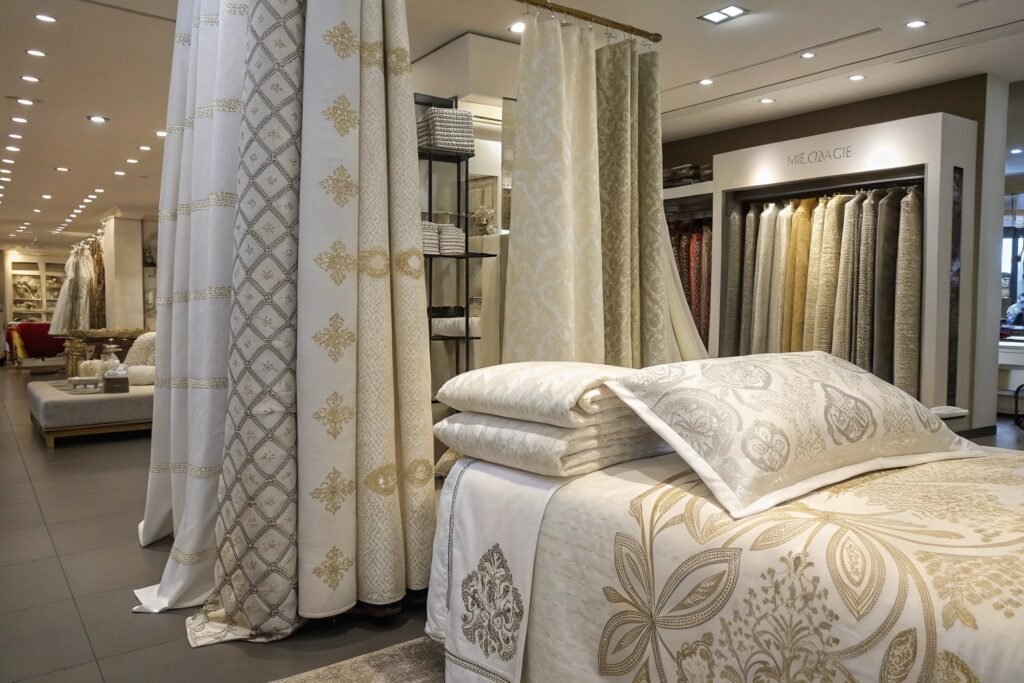
Is Mercerized Cotton Worth It for Bed Sheets and Pillowcases?
Absolutely. Bed sheets are among the highest-wear home textiles. Mercerized cotton’s strength and shine mean they last longer and look more appealing in photos—perfect for platforms like Wayfair or Amazon Handmade sellers.
The smooth finish also helps reduce friction with skin, which enhances comfort—a factor that many luxury bedding retailers highlight in their selling points. For buyers like Ron in the U.S., who prioritize softness and strength, mercerized cotton becomes a clear choice over regular weaves.
What About Tablecloths and Curtains?
For decorative use, visual aesthetics matter most. The luster of mercerized cotton gives a clean, upscale look even without additional treatments. Plus, its dye-fast properties mean tablecloths retain color after food spills and cleaning.
Curtains made from mercerized cotton hang beautifully due to added weight and smooth drape. When paired with thermal or blackout linings, they not only look elegant but also perform functionally. Visit The Shade Store for examples of premium cotton-based window treatments featuring mercerized blends.
How Does Mercerized Cotton Fit Sustainable Home Textile Trends?
Sustainability is now a selling point, not a luxury. Consumers, especially in Western markets, demand eco-conscious textiles without compromising on aesthetics.
Mercerized cotton, especially when sourced from organic or BCI-certified cotton, strikes the perfect balance between visual elegance and green responsibility.
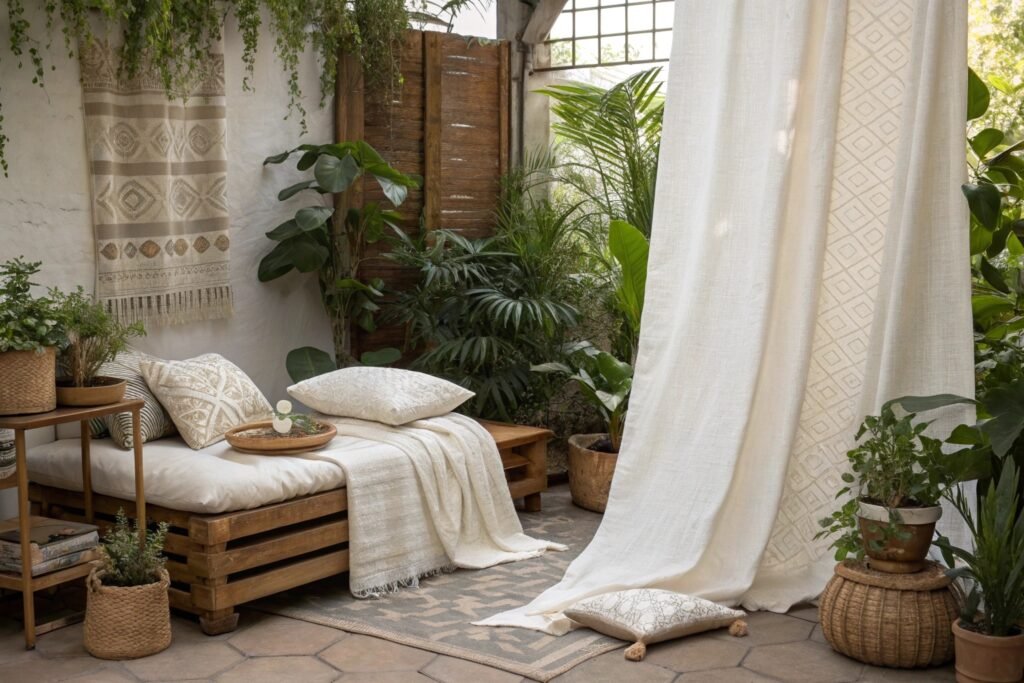
Can Mercerized Cotton Be Certified Eco-Friendly?
Yes, provided the original cotton source is organic or sustainable. Our team at Fumao Fabric works with BCI-certified farms to ensure traceability. The mercerization process can also be optimized for lower environmental impact by recycling caustic soda and using closed-loop systems.
We also meet certification standards like OEKO-TEX 100 and GOTS, which are essential for selling into the EU and U.S. premium markets. Sustainability and traceability data are integrated via QR tracking for clients to audit anytime.
How Does It Support Circular Fashion or Low-Impact Living?
Home textile brands increasingly adopt circular economy models. Mercerized cotton’s durability helps extend product life, reducing replacement frequency. This makes it ideal for brands seeking longevity over fast turnover. Additionally, its recyclability after use further aligns with green design.
Clients in markets like Germany, Sweden, and California often ask for luxury that doesn’t hurt the planet. Mercerized cotton fills that gap while maintaining competitive pricing, especially when sourced through trusted partners like us.
Conclusion
Mercerized cotton is more than a glossy upgrade—it’s a strategic investment in quality, durability, and luxury. Whether you're a large retailer or a boutique label looking to deliver top-tier home textiles, this treated fabric offers both performance and beauty. From color retention to sustainability credentials, mercerized cotton proves its value across the board. For exporters like us, who care about client satisfaction and long-term trust, this is the fabric we proudly recommend to elevate your brand in the global market.

